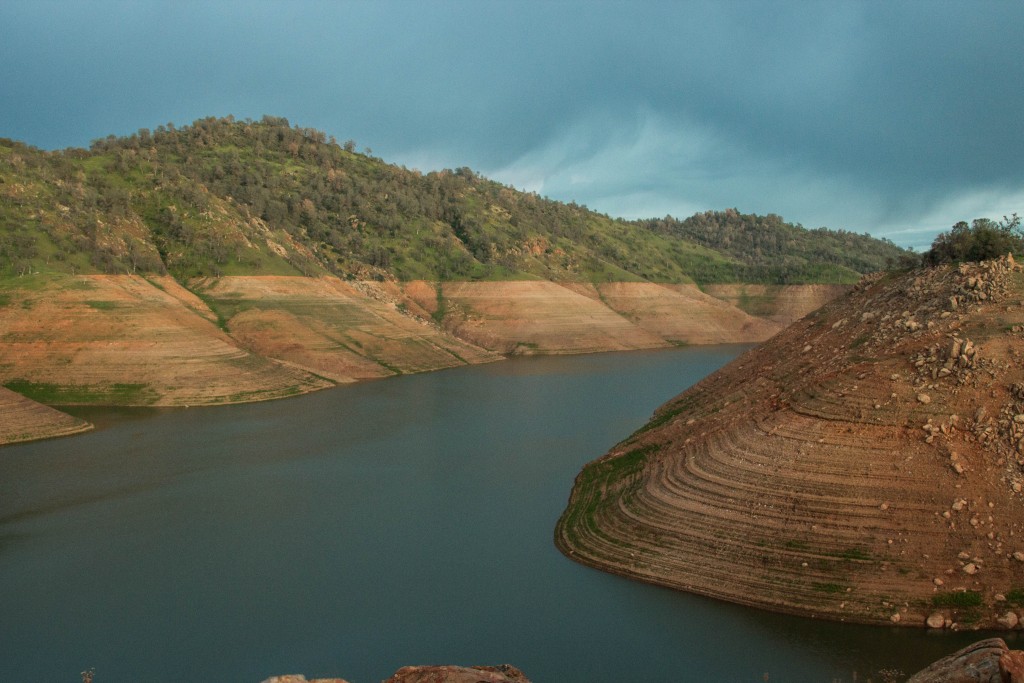
As others have written — notably Paul Rogers, managing editor of KQED’s Science unit and environmental writer for the San Jose Mercury News — one of the strong patterns that’s emerged this winter is an atypical divide between how much precipitation Northern California has gotten this “wet” season and how much is falling south of the latitude of, say, San Jose.
Just to be clear, climatic records show that Northern California gets more rain than Southern California, period. But this winter, many locations in Northern California are at or even a little above their seasonal average for precipitation, thanks mostly to a very wet December, while to the south, many locations are lagging far behind seasonal rainfall.
So, San Jose has gotten 11.74 inches of rain since Oct. 1, 104 percent of “normal.” Fresno, in the San Joaquin Valley, has gotten 4.58 inches, or 58 percent of normal. (Here’s a short list of these and other stations from the California Nevada River Forecast Center.)
One result of this general pattern is that there’s been a healthy increase in storage at big reservoirs in Northern California. Shasta Lake, the state’s biggest reservoir, is at 78 percent of average for this date (though it’s just 58 percent full). Lake Oroville, the second-biggest storage facility, is at 70 percent of average and 49 percent full. Both are running far ahead of storage levels at this time last year. Folsom Lake is actually above average, at 103 percent.
But to the south, the bigger reservoirs are mostly in abysmal shape. New Melones, on the Stanislaus River and the state’s fourth-biggest storage facility, is 25 percent full and 48 percent of average. Lake Don Pedro, the No. 5 reservoir, is 43 percent full and 60 percent of normal. (See the Department of Water Resources daily summary of major reservoirs.